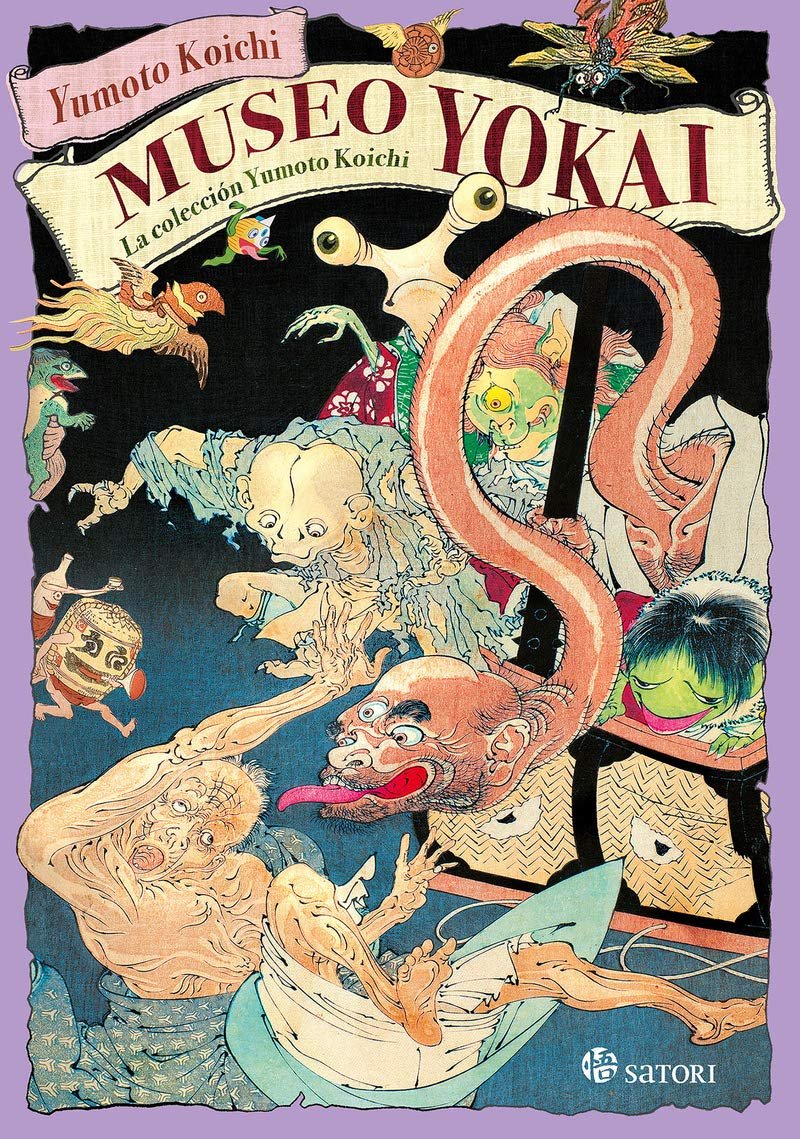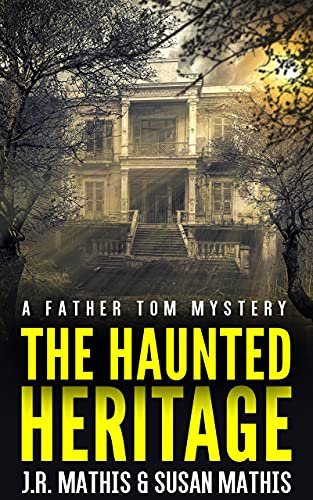Museo yokai: LA COLECCIÓN YUMOTO KOICHI (ARTE)


PREGUNTAS FRECUENTES
The Book «The Memory Police» by Yoko Ogawa: A Dystopian Masterpiece
The dystopian genre has always been a popular choice among readers, and for good reason. These stories take us on a journey, showing us the dark underbelly of a society gone wrong. One such book that explores this concept with brilliance is «The Memory Police» by Yoko Ogawa, published by SATORI EDICIONES C.B. The novel, originally written in Japanese, has been translated into English by Stepahnie Smee, and in this blog post, we shall take a close look at this literary masterpiece.
The Plot
The story takes place on a small island that is ruled by an authoritarian government, where memories are subject to erasure by the Memory Police. As the story opens, the main character is seen desperately trying to remember a disappeared object, which she knows is important but cannot quite bring back into her mind with clarity. Slowly, the reader is introduced to the strange and twisted world of the island, where the memories of objects, people, and feelings are systematically erased without any reason.
The main protagonist is a young novelist who is struggling to write her next book while constantly fighting against her fading memories. Her mother was taken by the Memory Police, leaving her alone to face the horrors of the island. She meets an old man, who has a strange ability to keep his memories intact, and together, they try to navigate the island, avoiding the authorities, and preserving their memories.
The Author’s Style
One of the striking things about the novel is the author’s writing style. The sentences are simple and clear, but the emotions they evoke are complex and layered. The author masterfully weaves together the story, imbuing the characters with depth and poignancy. The reader is transported to the island, which is a metaphor for a society that wants to control its citizens’ memories and thoughts, much like the dystopian worlds of «1984» and «The Handmaid’s Tale.»
The author’s prose is elegant and captivating, drawing the reader into the story’s intricate and mysterious world. There is an eerie sense of foreboding that permeates the book, creating a feeling of dread that grips the reader until the very end. Each section of the book begins with a small vignette or a story, which is beautifully woven into the main narrative, adding another layer of depth and complexity to the story.
Themes
The book explores several themes, such as memories, identity, power, and control. The Memory Police represent those individuals who want to have complete control over others, erasing their memories and leaving them powerless. The author shows how fragile our memories can be, and how important they are in shaping our identities. The characters in the book struggle to hold on to their memories because they know that once they are gone, they will be forever lost.
The book also explores the theme of resistance. The main protagonist and the old man resist the Memory Police, fighting for their memories and their identities. Their resistance is both individual and collective, with each person fighting for their own memories while also working together to form a collective resistance against the oppressive regime.
Conclusion
«The Memory Police» is a powerful and moving book that should be read by everyone. Its themes are relevant today as ever, and the story is a reminder of the importance of resisting against those who want to control us. The book is a masterpiece of dystopian literature and a poignant reminder of what can happen when governments try to control our memories and our identities. Yoko Ogawa has created a world that is both familiar and strange, imbuing it with a sense of urgency that is impossible to ignore. This is a book that will stay with you long after you have finished reading it, leaving you to ponder the importance of memory and identity in a world that is constantly changing.
1. ¿Qué es el Museo Yokai? El Museo Yokai es un lugar donde se exhiben diversas obras de arte relacionadas con los Yokai, criaturas tradicionales del folclore japonés.
2. ¿Qué es la Colección Yumoto Koichi? La Colección Yumoto Koichi es una selección de obras de arte de Yokai que fueron reunidas por el fundador del Museo Yokai.
3. ¿Quién fue Yumoto Koichi? Yumoto Koichi fue el fundador del Museo Yokai en 1968.
4. ¿Cuándo se creó el Museo Yokai? El Museo Yokai fue creado en 1968.
5. ¿Cuántas piezas hay en la Colección Yumoto Koichi? La Colección Yumoto Koichi cuenta con más de 5,000 piezas relacionadas con Yokai.
6. ¿Qué tipo de obras de arte se pueden encontrar en el Museo Yokai? El museo cuenta con pinturas, grabados, esculturas, máscaras, juguetes y otros objetos relacionados con Yokai.
7. ¿Qué son los Yokai? Los Yokai son criaturas del folclore japonés que pueden ser benévolas o malévolas, y que tienen diversas formas y habilidades.
8. ¿Cuál es la importancia de la Colección Yumoto Koichi? La Colección Yumoto Koichi es una de las mayores y más completas colecciones de arte relacionado con Yokai en el mundo, lo que la hace una fuente invaluable para el estudio y la comprensión de la cultura japonesa.
9. ¿Dónde se encuentra el Museo Yokai? El Museo Yokai se encuentra en la ciudad de Kawasaki, prefectura de Kanagawa, Japón.
10. ¿Qué actividades se realizan en el Museo Yokai? El museo ofrece exposiciones temporales, talleres, charlas, proyecciones de películas y otras actividades relacionadas con los Yokai y la cultura japonesa.






